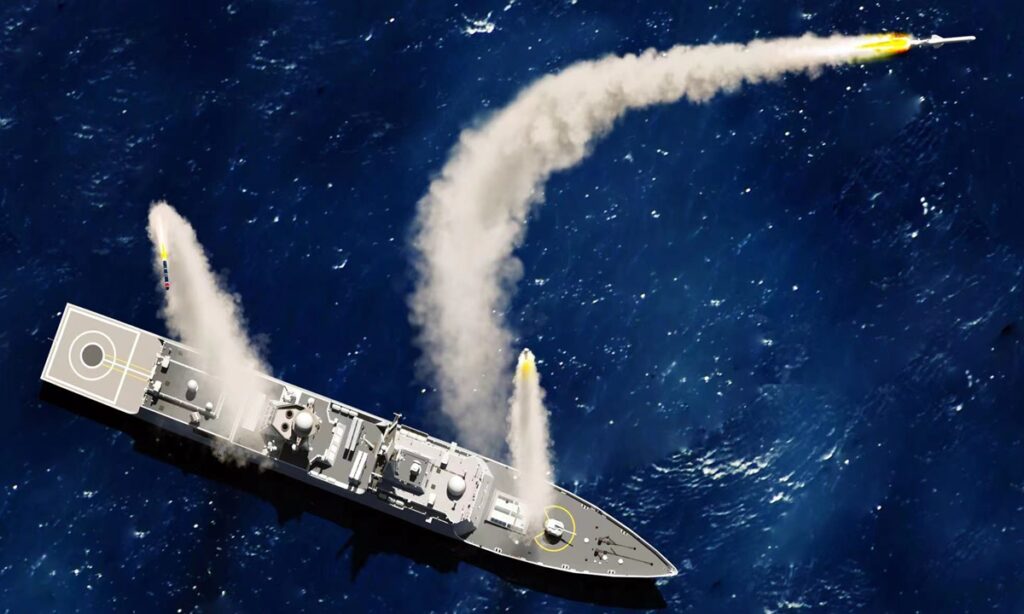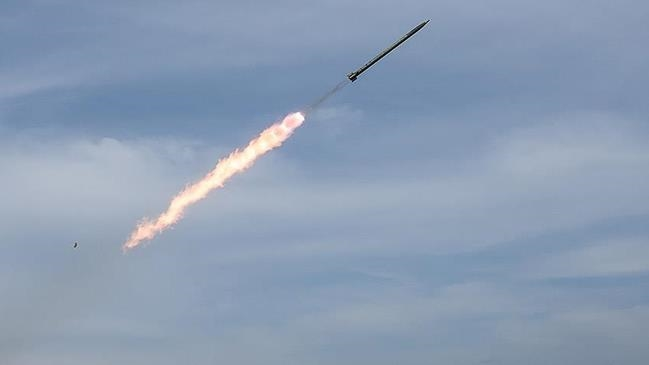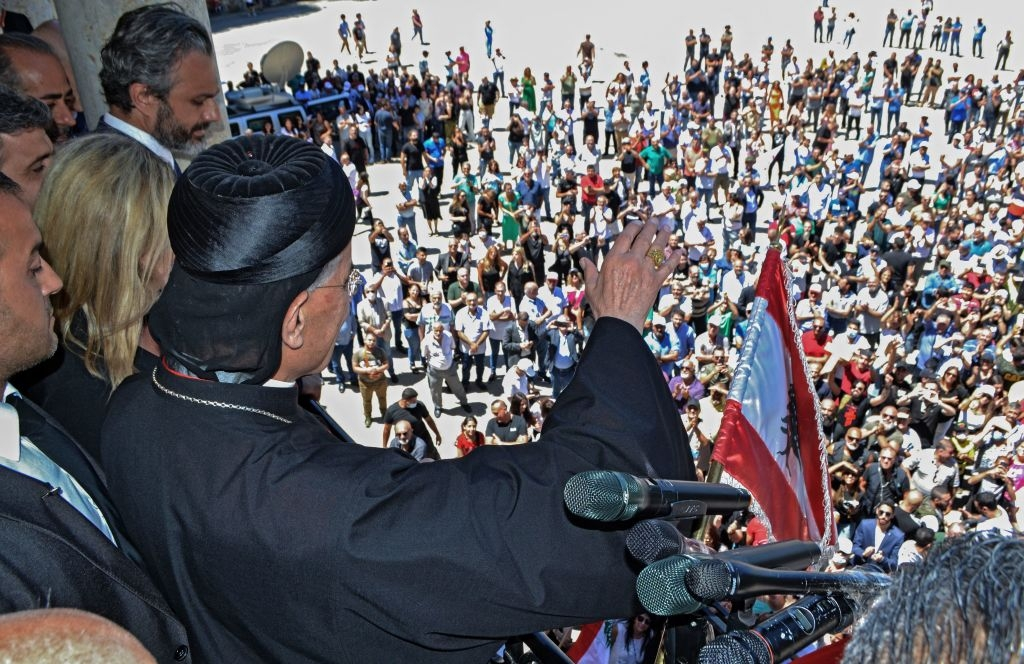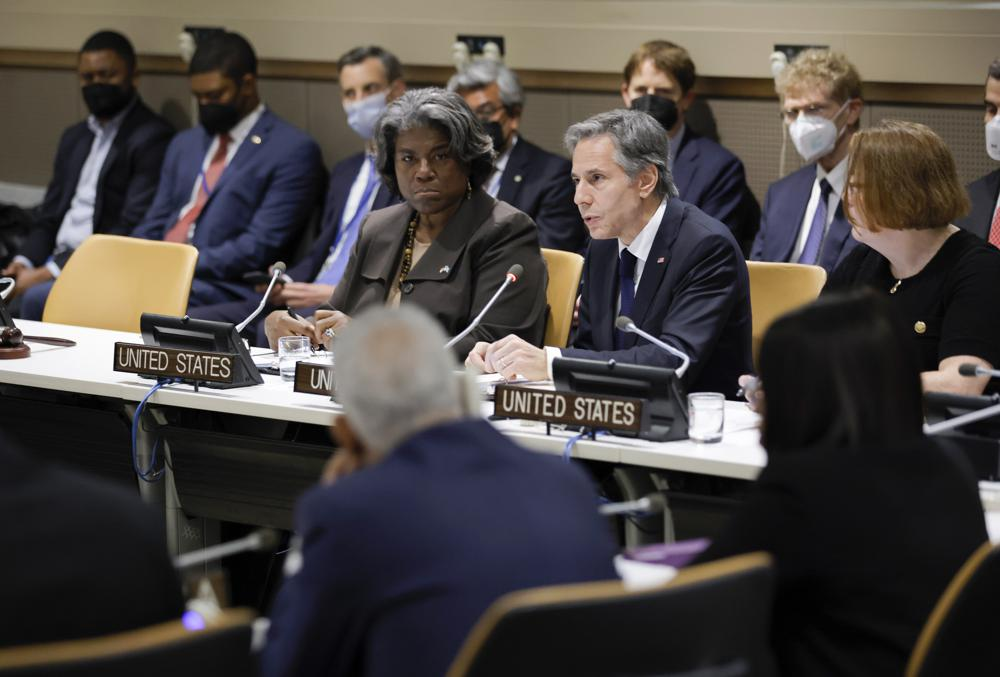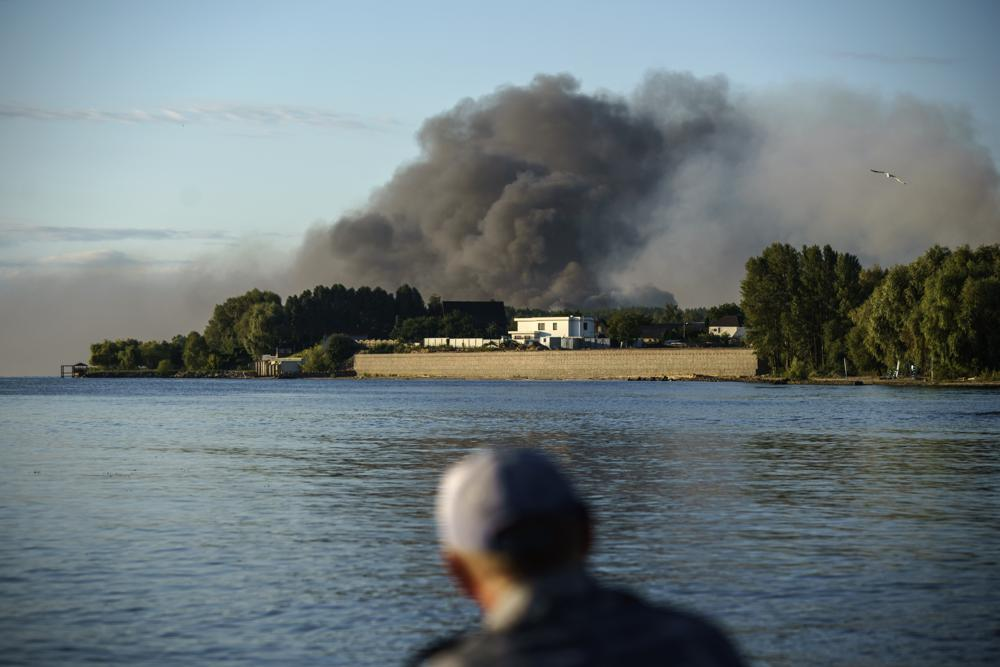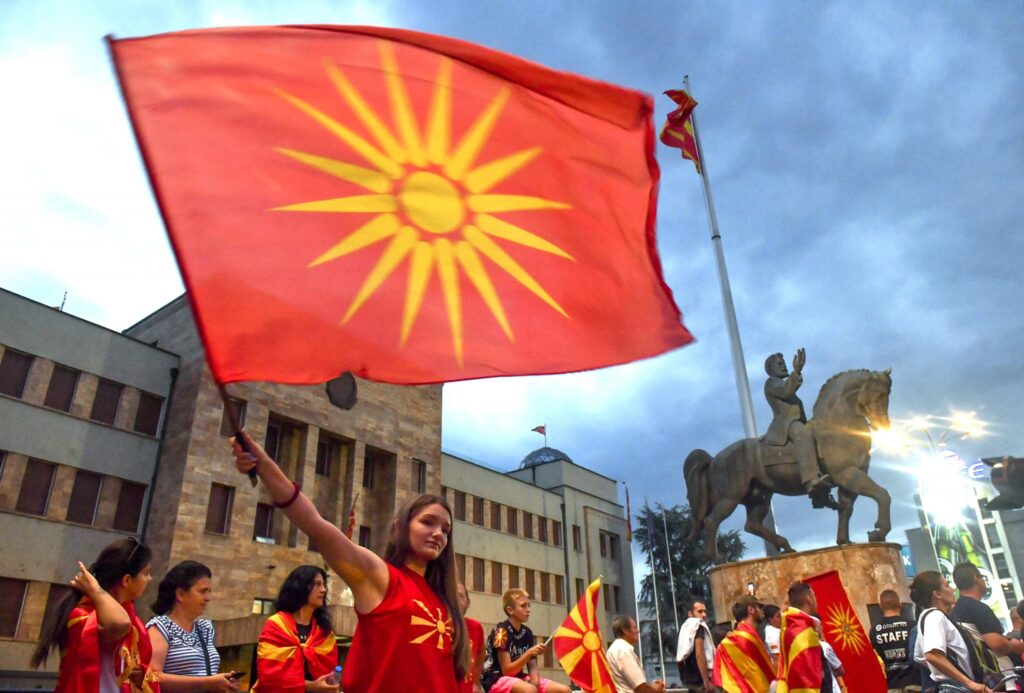Ukraine seeks to retake the south, tying down Russian forces
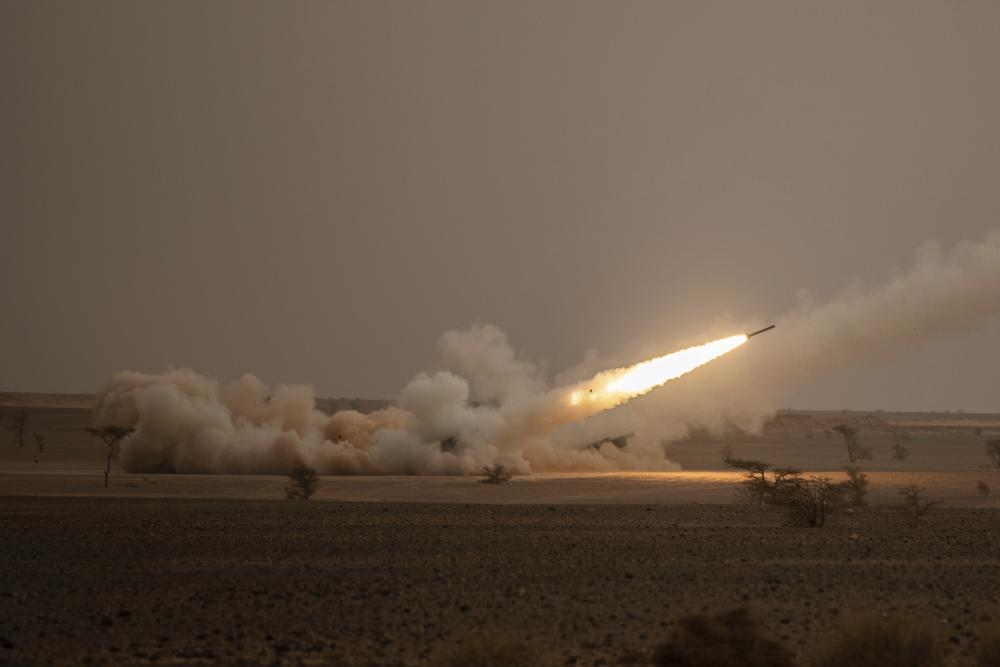
Even as Moscow’s war machine crawls across Ukraine’s east, trying to achieve the Kremlin’s goal of securing full control over the country’s industrial heartland, Ukrainian forces are scaling up attacks to reclaim territory in the Russian-occupied south.

